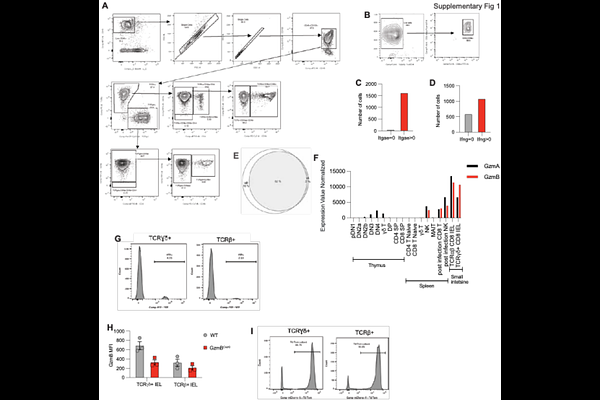Intraepithelial lymphocytes exhibit selective immunity to intestinal pathogens

Intraepithelial lymphocytes exhibit selective immunity to intestinal pathogens
Chawla, A. S.; James, O. J.; Bhattacharya, P.; Dikovskaya, D.; Hodge, S.; Robinson, L.; Vandereyken, M.; McSorley, H. J.; Pawlowic, M. C.; Swamy, M.
AbstractIntraepithelial lymphocytes (IEL) are abundant, tissue-resident T cells critical for intestinal immune surveillance, yet their precise roles have remained elusive due to the lack of models enabling their selective genetic ablation. Here, we report the generation of Gzmb-Cre knock-in mice, that when crossed with inducible Diphtheria toxin receptor mice, allows targeted and inducible ablation of IELs without perturbing peripheral immunity. Using this model (referred to as IELiDTR), we demonstrate that IELs are dispensable for intestinal homeostasis, including epithelial architecture, barrier function and microbial composition. However, loss of IELs led to increased intestinal infection by Salmonella Typhimurium and Cryptosporidium parvum, but did not affect responses to Listeria monocytogenes infection or DSS colitis. Interestingly, IEL deficiency reduced fecundity of the intestinal nematode, Heligmosomoides polygyrus, despite unaltered worm burden, suggesting a permissive role in helminth colonization. These findings position IELs as evolutionary-tuned sentinels against co-evolved pathogens that can cause lethal diarrheal diseases, and establish the IELiDTR mouse as a vital genetic tool for dissecting IEL function in host-pathogen interactions in vivo.